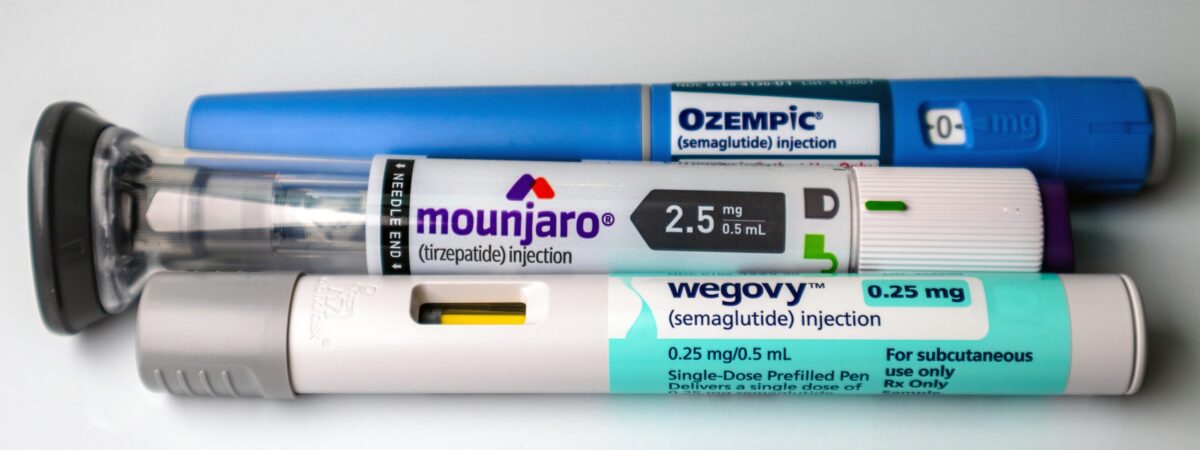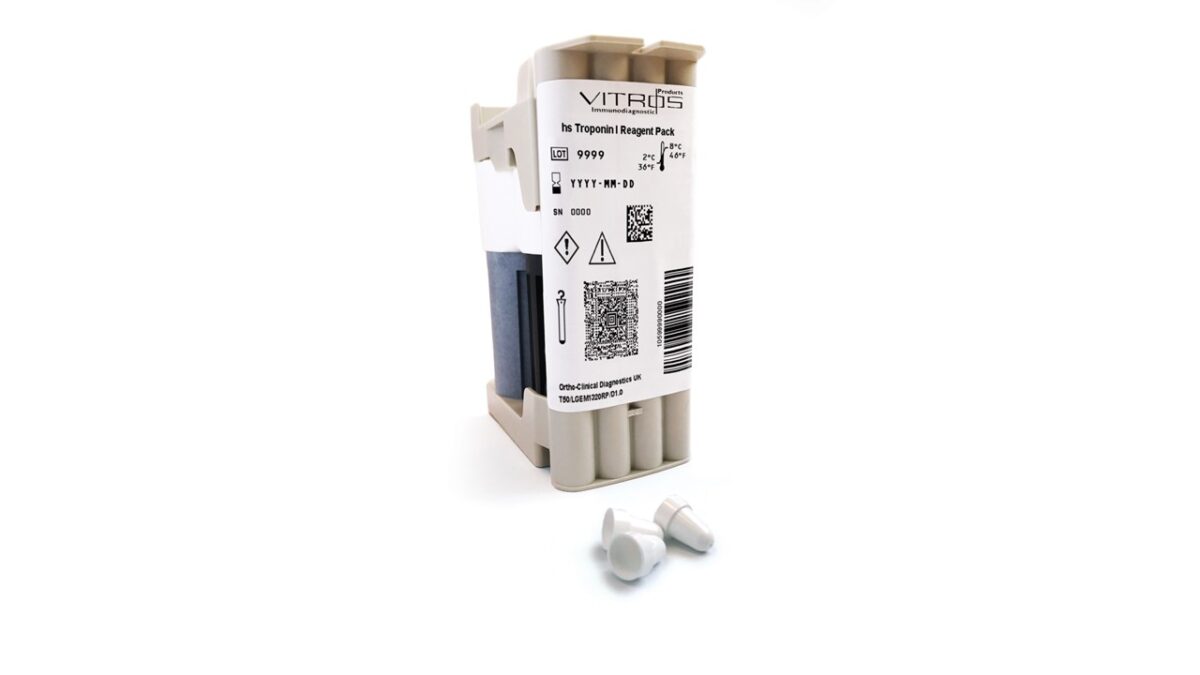A non-invasive nasal swab could improve lung cancer diagnosis, according to genomic diagnostics company, Veracyte. The company published an article in the Journal of the National Cancer Institute describing the similarities between gene expression changes in the nasal and lung tissue indicative of lung cancer, in current and former smokers.
“The data published today provide compelling evidence that molecular biomarkers used to determine lung cancer risk in cells from the bronchial airway could provide similar information as cells obtained from a simple nasal swab,” said Dr. Avrum Spira, study author and professor of medicine at Boston University School of Medicine. “This discovery could offer a method to further reduce the uncertainty, risk and cost associated with the early detection of lung cancer. This need is especially urgent given the growing number of lung-cancer screening programs in the United States.”
Previous research conducted by Spira and his colleagues at Boston University, identified gene expression biomarkers in the cells of the central bronchial airways of the lung associated with lung cancer in smokers. The researchers termed these changes, the “field of injury,” which can help clinicians distinguish between benign lung disease and malignant lung cancer.
Veracyte’s Percepta Bronchial Genomic Classifier relies upon the field of injury biomarker to diagnose lung cancer from patient samples collected via bronchoscopy. This procedure is relatively invasive, prompting the researchers to investigate whether other tissue could be used in the screening and diagnosis of lung cancer.
Building upon their previous study, the Boston University researchers investigated whether the cells in the nasal passage show any genomic alterations when exposed to smoke. In two prospective multi-center studies, the researchers collected nasal epithelial cell samples from over 500 patients categorized as current, or former, smokers. The patients were all being evaluated based on the presence of pulmonary lesions.
After following up with the patients after one year, the researchers identified changes in gene expression in the nasal cells of patients diagnosed with lung cancer, compared to those with benign lung disease. These differentially expressed genes were consistent with the field of injury changes documented in samples of the bronchial airway.
The researchers concluded that nasal samples analyzed using a genomic panel comprising of 30 genes, could help clinicians improve lung cancer diagnosis. The non-invasive method could be a beneficial addition to risk assessment based on lifestyle factors, like age and smoking status, alone.
“The landmark findings published today reinforce the validity and clinical importance of the field-of-injury innovation underlying our Percepta Bronchial Genomic Classifier, which has already demonstrated the ability to reduce ambiguity in lung cancer diagnosis and thereby reduce the unnecessary, invasive and costly procedures that can result,” said Bonnie Anderson, chairman of the board, president and chief executive officer of Veracyte. “We look forward to exploring the potential for a non-invasive genomic nasal classifier that can expand upon the meaningful benefits provided by the Percepta test.”












Join or login to leave a comment
JOIN LOGIN